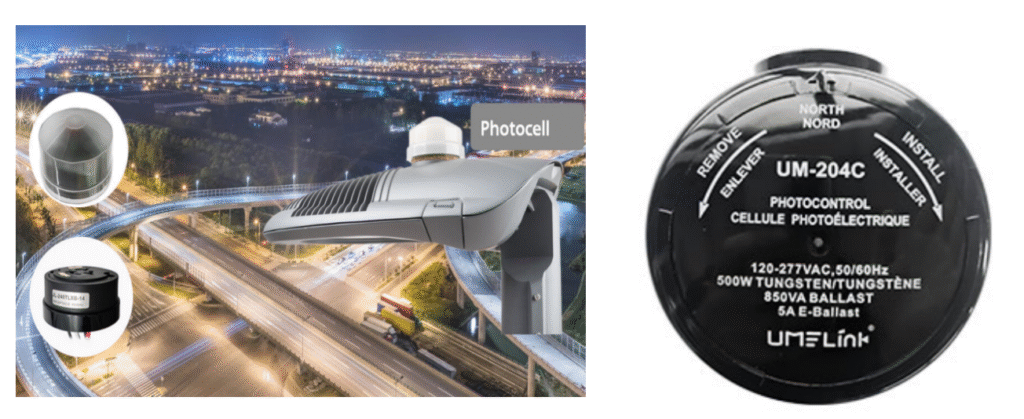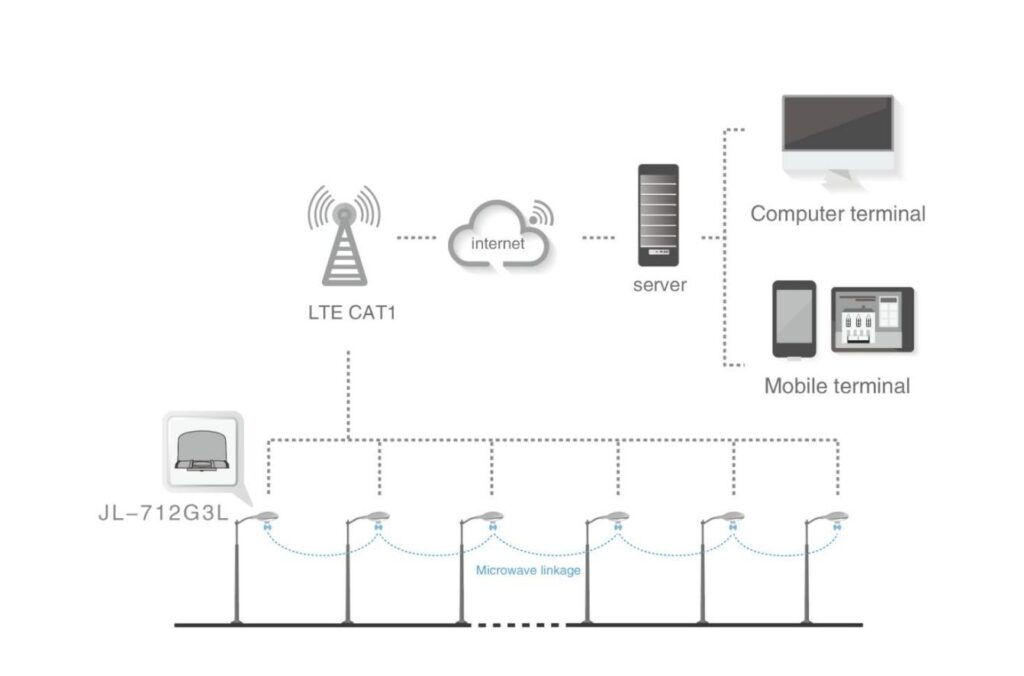- Intduction to the 2025 U.S. Tariffs
- ecton China’s Lighting Industry
- Changefor Photocell Manufacturers
- Strate Reonses by Chinese Lighting Companies
- Future Ouok Article:*
1. Introduction to the 2025 U.S. Tariffs**
In February 2025, e United States, under President Donald Trump, imposed significant tariffs on imports from Canada, Mexico, and China. Specifically, a 25riff was levied on goods from Canada and Mexico, while a 10% tariff targeted Chinese products. These measures were ified by the U.S. administration as necessary to address issues such as illegal immigration and the influx of fentanyl.
2. Effects on China’s Lighting Industry
The Chinese lighting industry, a r exporter to the U.S., faces substantial challenges due to the new tariffs. The 10% tariff on Chinese imports is expected to increase pr for a wide array of products, including lighting fixtures and components. This escalation in costs may lead to reduced competitiveness of Chinese lighting pducts in the U.S. mket, potentially resulting in decreased market share.
3. Challenges for Photocell Manufacturers
Photocell manufacturers, specializinglight-sensitive devices used in various applications, are particularly affected. The increased tariffs raise productn costs, especiallyor those relying on imported raw materials or components. Ts situation may compel manufacturers to adjust pricing strategies, potentially affecting dem and profitability. ([edisonreport.co(https://edisonreport.com/2025/02/03/lighting-industry-weighs-in-on-tariffs/?utm_source=chatgpt.com))
4. Strategic Responses by Chse Lighting Companies
In resnse to these challenges, Chinese lighting companies are exploring several strategies:
- Supply Chain Diversification: Compes are considering sourcing raw merials and components from countries not subject to U.S. tariffs to mitigate cost increases.
- Market Diversification: Efforts are underway to exp into emerging markets insia, Africa, and South America to reduce dependence on the U.S. market.
- Technological Innovation: Investing in research and development to ate advanced, energy-effient lighting solutions can help maintain a competitive edge despite higher costs.
- Locaoduction: Establishing manufacturing facilities in countries with favorable trade agreements with the U.S. is being considered to circumvent tariff barriers.
5. Future Outlook:
The long-term impact of the 2025 U.S. tariffs on China’s lighting industry remains uncertain. While the immediate effects include increased costs anotential market share reduction, the industry’s adaptability through strategic initiatives may mitigate adverse outcomes. Continuous monitoring of trade policies and proactive adjustments will be crucial for Chinese lighting companies to navigate this challenging landscape.
References:






